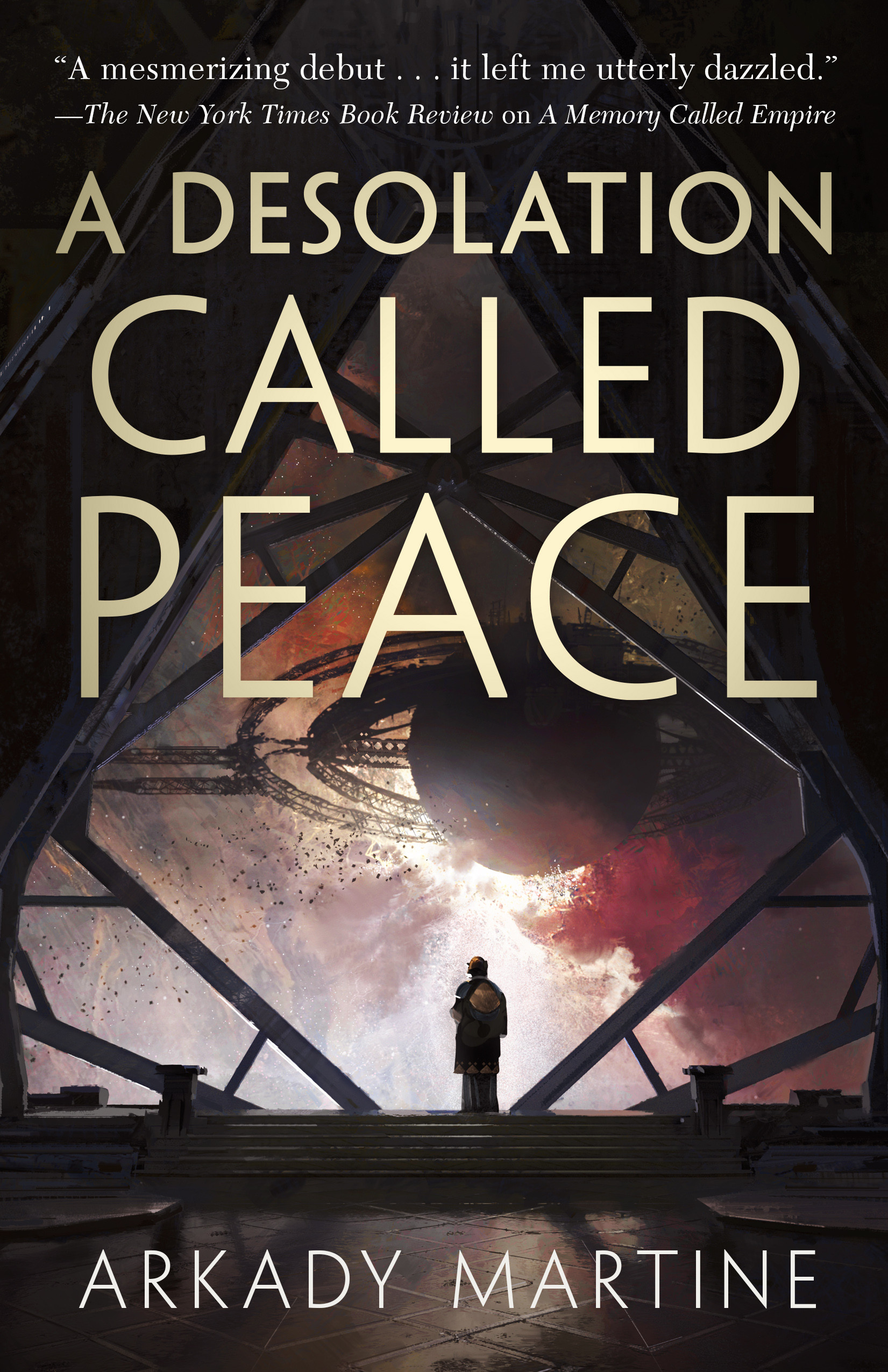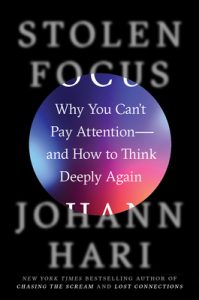
Arkady Martine follows her Hugo winning debut with a sequel that is bigger, stranger, and, in many ways, even more satisfying. A Desolation Called Peace expands the Teixcalaan saga from palace intrigue to the terrifying edge of known space, where a fleet faces an unknowable enemy and the only real weapon might be language itself.
What it is about
An alien presence is devouring ships along the border of Teixcalaan and Lsel Station. Rear Admiral Nine Hibiscus must hold the line, but she knows brute force alone will not save her people. She calls for a diplomatic envoy, which pulls our favorite combustible pairing back into the same orbit: Mahit Dzmare of Lsel Station, carrying the fractured imago of her predecessor, and Three Seagrass, the brilliant and infuriating Information Ministry prodigy who makes poetry feel like ordinance.
Running alongside their mission are two superb viewpoints. Nine Hibiscus gives us the pressure cooker of command in wartime. Eight Antidote, the child heir of the late emperor, becomes our sharp, unblinking camera inside the empire, learning in real time how loyalty and information are traded like currency. These strands converge into a first contact narrative that is tense, humane, and wildly inventive.
Why it works
- Communication as battlefield. Martine turns translation, metaphor, and semiotics into real action beats. The book asks whether understanding is surrender or survival, and it refuses cheap answers.
- Politics with pulse. Fleet logistics, ministerial knife fights, and diplomatic brinkmanship are rendered with a thriller’s pacing. Nothing here feels like a lore dump. Stakes rise through character choices, not author fiat.
- Characters with heat and history. Mahit is still two people in one body, wrestling with identity and consent. Three Seagrass is charisma incarnate, sparkling and terrifying in her imperial blind spots. Their chemistry is tender, cutting, and full of misfires that say as much about culture as they do about romance. Nine Hibiscus is a revelation, and Eight Antidote’s chapters quietly steal scenes with clear-eyed political education.
- Worldbuilding that seduces and indicts. Teixcalaan remains intoxicating and predatory at once. Martine shows the poetry, the polish, and the machinery of conquest in crisp detail, letting readers feel both the allure and the cost.
Themes that linger
Identity and memory, colonial appetite dressed as order, the ethics of survival, the danger of romanticizing the empire that would erase you, and the radical hope that meaning can be made together across impossible difference. The novel also plays fair with the fear of the truly alien. First contact is not a metaphor alone, it is a genuine encounter with something that rearranges how you think.
How it reads
The prose is elegant but grounded, witty without glibness, and studded with lines you will want to underline. Action has texture, conversations have edge, and quiet scenes carry moral weight. It is less a straight military spectacle and more a diplomacy thriller with teeth. Read it soon after A Memory Called Empire if you can. The emotional and political throughlines hit harder that way.
Any caveats
If you come for wall-to-wall dogfights, you may be surprised. The book’s biggest battles are fought with grammar, strategy, and trust. That is a feature, not a bug. Martine is writing science fiction that thinks hard and still grips tight.
Verdict
Brilliant, ambitious, and deeply human. A Desolation Called Peace earns its accolades by delivering on two fronts at once: a nerve-tight first contact story and a clear eyed study of power, loyalty, and love between cultures.
Read this if you love: Le Guin’s rigor with language, Cherryh’s political sharpness, Ann Leckie’s cool examinations of empire, character driven SF that lets intellect and emotion share the same cockpit.
👉 Grab your copy here: Buy on Amazon


